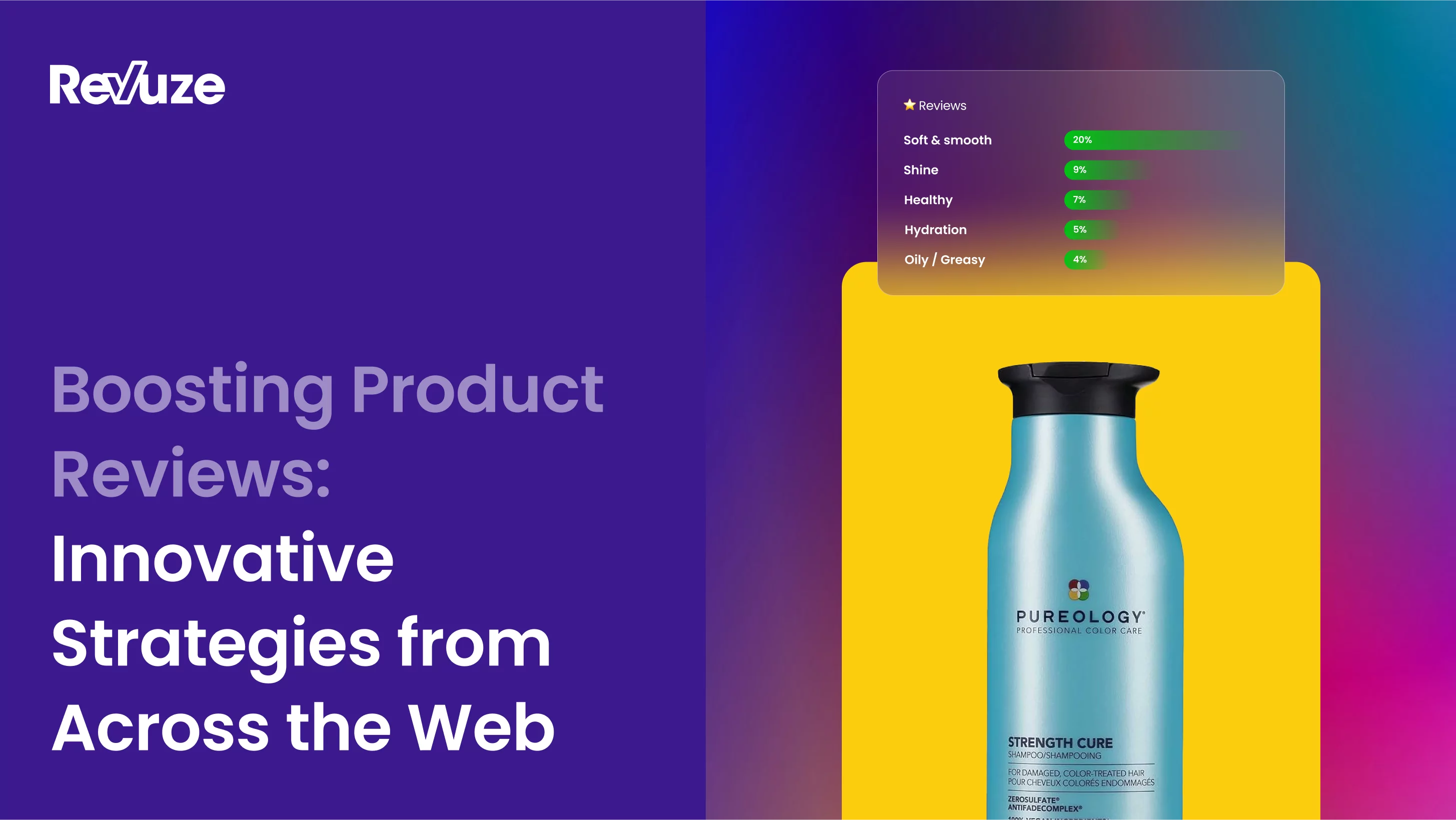
How To Measure Net Promoter Score?
The Net Promoter Score (NPS) has become a popular tool for measuring customer satisfaction. This popular scoring index is user friendly and delivers a simple analysis of customer loyalty. Unfortunately, it has some flaws.
In this post, I will go over the pros and cons of NPS as a customer satisfaction metric. I will explain how using a combination of online reviews and customer satisfaction ratings can give you a more extensive understanding of customer attitudes towards a brand.
What is Net Promoter score (NPS)
What if I told you that by asking just a single question — one regarding the customer’s loyalty to a brand — you could measure customer satisfaction levels for your business? This is exactly the premise behind The Net Promoter Score (NPS).
Developed in 2003 by Fred Reichheld, The Net Promoter Score is an index ranging from -100 to 100, measuring the willingness of customers to recommend a company’s product or service to others. The answers are analysed and used for calculating customer satisfaction and assessing business growth potential.
How did the Net Promoter Score became the industry standard?
The NPS index has become a staple for businesses looking to measure customer experience. Surveys using NPS measuring rely on a simple single question design. Since they only need to answer one question, customers often find this platform a lot more approachable and response rates tend to rise. Additionally, the straightforward phrasing makes it accessible and attractive for the customers to answer.
NPS measuring results in a more manageable numerical analysis of customer satisfaction. The numerical score is easy to understand and to compare against rival brands. The information provided by the NPS gives marketing professionals a clearer picture of the competition and helps them design marketing strategies and determine resource allocation.
Furthermore, the customer categories used by the NPS index make it easier for employees to classify customers by their loyalty level. The customer segments created are used for focus groups or marketing campaign design.
Net promoter score calculation
So, how is the NPS calculated? Honestly, it’s pretty simple.
Customers are asked a single question, for example — “On a scale of 0 to 10, how likely are you to recommend this product or service to a friend or colleague?”.
The phrasing is designed for determining customer loyalty and the likelihood of them recommending the product or service to others.
Based on their rating, customers are classified into three categories:
‘Detractors’ gave a score between 0 and 6. They do not particularly like the product or service, and probably won’t purchase again from the company. Also, they might spread negative word-of-mouth and deter potential clientele.
‘Passives’ gave a score of 7 or 8. They are satisfied with the product or service but would easily abandon the brand. These customers wouldn’t spread any negative reviews, but won’t actually promote the business.
‘Promoters’ gave a score of 9 or 10. They are very enthusiastic about the products and services. They will have a higher repeat rate and recommend the business to others.
The Net Promoter Score (NPS) is determined by subtracting the percentage of customers who are detractors from the percentage who are promoters. What is generated is a score between -100 and 100.

What Are The Flaws In The Net Promoter Score System
Using the Net Promoter Score measuring has some significant downfalls:
- The calculation isn’t accurate enough and results in mis-labeling customers as ‘Detractors’/ ‘Promoters’.
- Can’t identify fake online reviews.
- It lacks context and can’t provide explanations for the sentiment behind the score.
- It provides a narrow view of customer experience since surveys are usually held at the end of the customer journey.
The cons of NPS measuring show that using only one customer satisfaction measuring tool for customer experience analysis is not sufficient. NPS alone is not sufficient to get a good understanding of customer satisfaction and loyalty.
How Revuze measures NPS with Online Reviews
Revuze developed AI technology that combines survey scores with Online Reviews for a more extensive sentiment analysis, Since Customer Satisfaction surveys and NPS analysis are unable to deliver a reliable measuring of customer attitudes.
Revuze collects data from online reviews, social media monitoring, emails, surveys, call center data, and more. The data is scanned automatically and independently by self learning algorithms to discover new aspects and topics. The end result is a more granular, economic and timely consumer feedback.
By analyzing both customer reviews and customer satisfaction ratings, Revuze can deliver the sentiment towards the brand and aide in data-driven decision making. Designing marketing strategies and allocating funds based on such extensive CX analysis improves sales and earnings.
If you want to learn more about Customer Analytics and Sentiment Analysis, check out our Blog.
 All
Articles
All
Articles Email
Analytics
Email
Analytics








 Agencies
Insights
Agencies
Insights